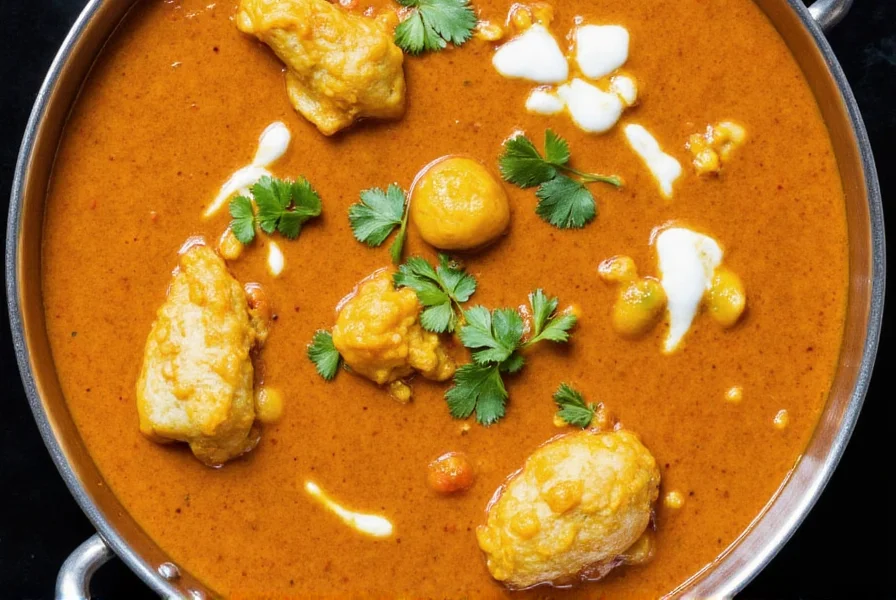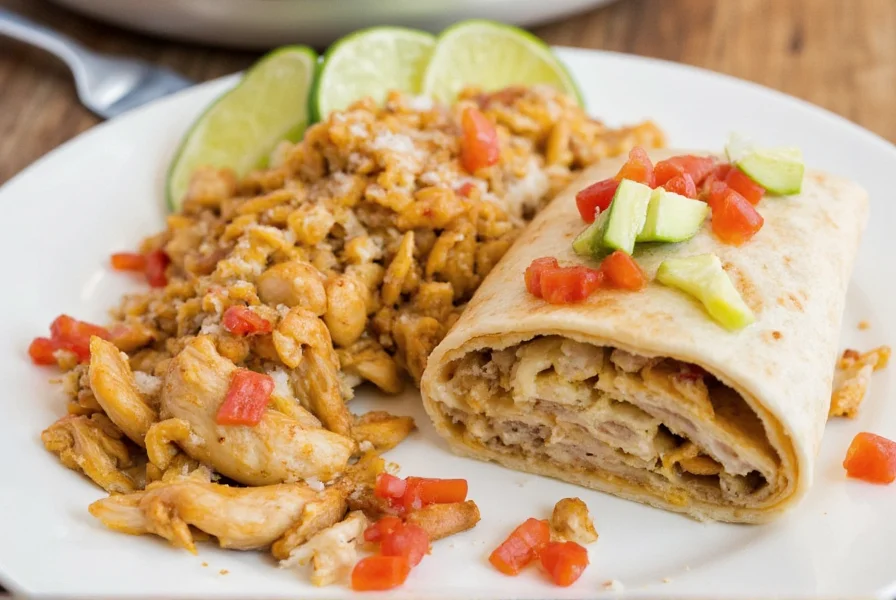The Spicy Secret to the Ultimate Rotisserie Chicken Burrito
Table of Contents
Introduction
There’s something undeniably satisfying about a warm, juicy rotisserie chicken burrito. It's the kind of meal that feels like a hug from your favorite foodie friend—comforting, filling, and just the right amount of spicy. But what makes this dish so special? It's not just the chicken; it's the way the spices come together to elevate every bite. In this article, we'll explore the spice basics that make the rotisserie chicken burrito a culinary delight, and we’ll give you all the practical tips you need to recreate this magic at home.
Spice Basics: What You Need to Know
Before we dive into the nitty-gritty of making the perfect burrito, let's talk about the real star of the show: spices. Spices are more than just flavor enhancers—they’re the heart and soul of any great dish. When it comes to a rotisserie chicken burrito, the right blend of spices can transform a simple meal into an unforgettable experience.
Here’s a quick rundown of some essential spices used in this dish:
- Cumin: Adds a warm, earthy flavor that complements the chicken perfectly.
- Paprika: Provides a smoky depth and a beautiful color.
- Oregano: Brings a fresh, slightly bitter note that balances out the richness of the chicken.
- Garlic Powder: Enhances the savory profile and adds a nice punch of flavor.
- Chili Powder: The key player when it comes to heat and complexity.

Now, here's where things get interesting: the balance of these spices is crucial. Too much chili powder, and your burrito could be overly hot. Too little, and it might feel flat. A good rule of thumb is to start with small amounts and taste as you go. Remember, you can always add more, but you can’t take it away once it’s in.
Comparing Spices: Which One Is Right for You?
| Spice | Flavor Profile | Best For |
|---|---|---|
| Cumin | Earthy, nutty | Classic Mexican dishes |
| Paprika | Smoky, sweet | Grilled meats, soups |
| Oregano | Herbaceous, slightly bitter | Sauces, dressings |
| Garlic Powder | Savory, pungent | Seasoning blends, marinades |
| Chili Powder | Spicy, smoky | Any dish needing a kick |

Practical Tips for Making the Perfect Rotisserie Chicken Burrito
Now that you’ve got the spice basics down, it’s time to put them to use. Here are some tried-and-true tips to help you create the ultimate rotisserie chicken burrito:
- Use Fresh Tortillas: Store-bought tortillas are convenient, but nothing beats the soft, pliable texture of a freshly made one. If you have the time, try making your own or buying from a local tortilleria.
- Choose the Right Chicken: Look for a rotisserie chicken that’s moist and juicy. Avoid dry, overcooked birds—this will ruin the whole dish.
- Layer Smartly: Start with a base of rice, then add beans, cheese, and your seasoned chicken. Don’t forget the salsa or guacamole for that extra zing.
- Don’t Overstuff: While it’s tempting to pile everything in, overstuffing can lead to a messy, hard-to-eat burrito. Keep it balanced for the best experience.
- Heat It Up: A warm burrito is a happy burrito. If you're making it ahead of time, reheat it in the oven or microwave before serving.

Pro Tip: Customize Your Burrito
One of the best parts of a burrito is how customizable it is. Want it spicier? Add more chili powder or jalapeños. Prefer it milder? Swap out the hot sauce for a creamy avocado spread. The choice is yours—and that’s what makes it so fun!
Buying Guide: Essential Tools and Ingredients
If you want to take your rotisserie chicken burrito game to the next level, you’ll need a few essential tools and ingredients. Here’s a detailed guide to help you choose wisely:
Essential Ingredients
- Rotisserie Chicken: Look for a chicken that’s been slow-roasted and has a crispy skin. Brands like Costco or Whole Foods often have high-quality options.
- Tortillas: Choose either flour or corn tortillas depending on your preference. Flour is softer, while corn offers a more traditional texture.
- Rice: Long-grain white rice is a classic choice, but you can also use brown rice for a healthier twist.
- Beans: Black beans or pinto beans are popular choices. They add protein and texture.
- Cheese: Shredded cheddar or Monterey Jack works well. Some people prefer queso fresco for a creamier taste.
- Salsa and Guacamole: These are the finishing touches that bring everything together. Make your own or buy a high-quality store-bought version.
Recommended Tools
- Measuring Spoons and Cups: Essential for getting the spice ratios just right.
- Good Knife and Cutting Board: For prepping your chicken and veggies efficiently.
- Skillet or Pan: For heating up the tortilla or cooking additional fillings if needed.
- Food Processor (Optional): Great for making homemade salsa or guacamole.
Who Should Buy This?
This guide is perfect for anyone who loves convenience meals without sacrificing flavor. Whether you're a busy professional, a student on a budget, or a home cook looking for new ideas, the rotisserie chicken burrito is a versatile option that fits many lifestyles.
Conclusion
The rotisserie chicken burrito is more than just a meal—it’s a celebration of flavors, textures, and the power of spices. With the right combination of seasonings and ingredients, you can turn a simple burrito into a mouthwatering masterpiece. Whether you're a seasoned chef or a kitchen newbie, this dish is a great way to experiment with spices and enjoy a comforting, delicious meal.
So next time you’re craving something hearty and flavorful, grab a rotisserie chicken, throw it in a warm tortilla, and let the spices do the rest. After all, life is too short for boring food—and the rotisserie chicken burrito is here to prove it.










 浙公网安备
33010002000092号
浙公网安备
33010002000092号 浙B2-20120091-4
浙B2-20120091-4